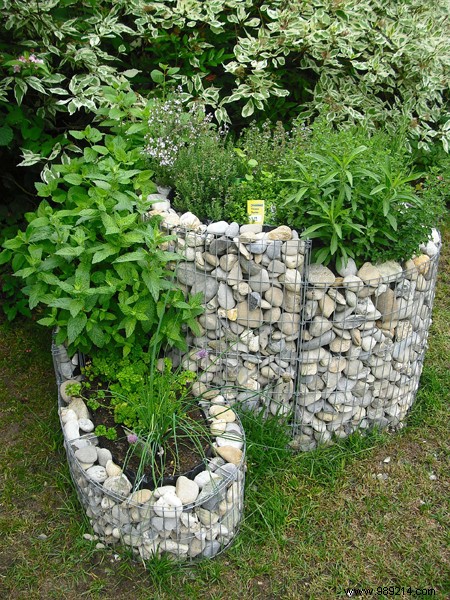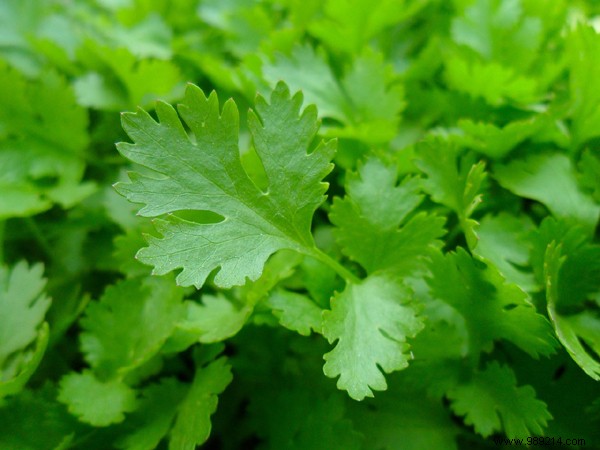
Aromatic plants bring a characteristic flavor to our salads and other summer dishes. Also used in the field of medicine, they bring their benefits to our health, but also in our kitchen. Focus on the most essential aromatic plants in a vegetable garden.
Chives are this herb that grows in straight stems and smells a little like garlic when cut. It is essential in a green salad, an omelet or even in a sauce based on fresh cream to accompany cold meat or asparagus for example. It needs to be cut regularly otherwise it goes to seed and becomes exhausted. You will keep it for several years (4 to 5 years) because it grows back in the spring, after the winter frost. You can also divide the clumps of bulbs. In the same family, you will find the cive and the spring onion.
With its captivating fragrance, basil remains one of the biggest stars of all summer cuisines, and especially of tomato-mozzarella. This aromatic plant has the advantage of being easily cultivated. It can be installed in the garden from April, as soon as the risk of frost has disappeared because it fears frost. It needs a sunny and warm exposure to develop properly. As with most aromatic herbs, it must also be protected from drafts. Cool, light, rich soil is ideal for planting basil. Plants should be alternated between them by 25-30 cm.
From a height of 20 to 30 cm, thyme reveals a delicate smell, which perfumes all our dishes in sauce. It also has many medicinal properties. Its antiseptic and disinfectant power in particular is highly sought after. Thyme is a plant of the sun, of Provence, it likes especially on the calcareous soils which must be mixed with a little sand. The ideal is to plant it in April. It does not fear frost and will last a long time; do not hesitate to prune it so that new growth resumes. There are many varieties of thyme:wild thyme, lemon thyme...
A rustic aromatic plant with evergreen foliage, rosemary is also native to the Mediterranean regions. It thrives especially on acid, very calcareous, light and well-drained soils. Excess humidity should be avoided to ensure its proper development. It likes sunny exposures and adapts to drought. In the vegetable garden, it is possible to plant it alongside parsley, broccoli, cabbage, peas, turnips or even beans. With its shrubby habit, it creates a volume effect among the aromatics. Its multiplication is done by layering. Ideal for flavoring roast chicken, meat in sauce, fish or grilled meats.

Parsley is certainly one of the most used aromatic plants in the kitchen; it is even the basis of the Lebanese tabbouleh. It comes in two forms:curly parsley and flat parsley. The latter has a more marked aroma and a greater height. It likes the sun even if a little shade does not bother it. Be patient when sowing because it can take a month for the seeds to germinate:soaking the seeds in lukewarm water overnight would speed up the germination. It lends itself very well to pot culture.
Dill is the aromatic plant of fish, par excellence. The seeds and the dried or fresh leaves are mainly eaten. This plant enjoys growing on rich, well-drained and cool soils. It prefers exposures to the heat, to the sun, but preserved from the wind. Be careful, dill does not like drought and heat waves because in these conditions, the seeds go up very quickly. If it is a culture in the open ground in the garden, it is advisable to plant dill after the frosts, in the spring.
Also called Chinese parsley, coriander is an aromatic plant native to the Near East, Asia and southern Europe. It is very popular in Indian, Oriental and Asian cuisine. It also owes its success to its many virtues. Coriander is particularly renowned for its aphrodisiac properties and for its relaxing effect on the muscles. It has a preference for friable, light, humus-rich and soft soils. Exposure to the sun, but sheltered from the winds is favorable to its development. In the vegetable garden, it rubs shoulders with potatoes, onions, cabbage or anise. On the other hand, she does not like fennel.
And then, we could also have talked about mint, sage, bay leaf, tarragon, oregano, savory, chervil...